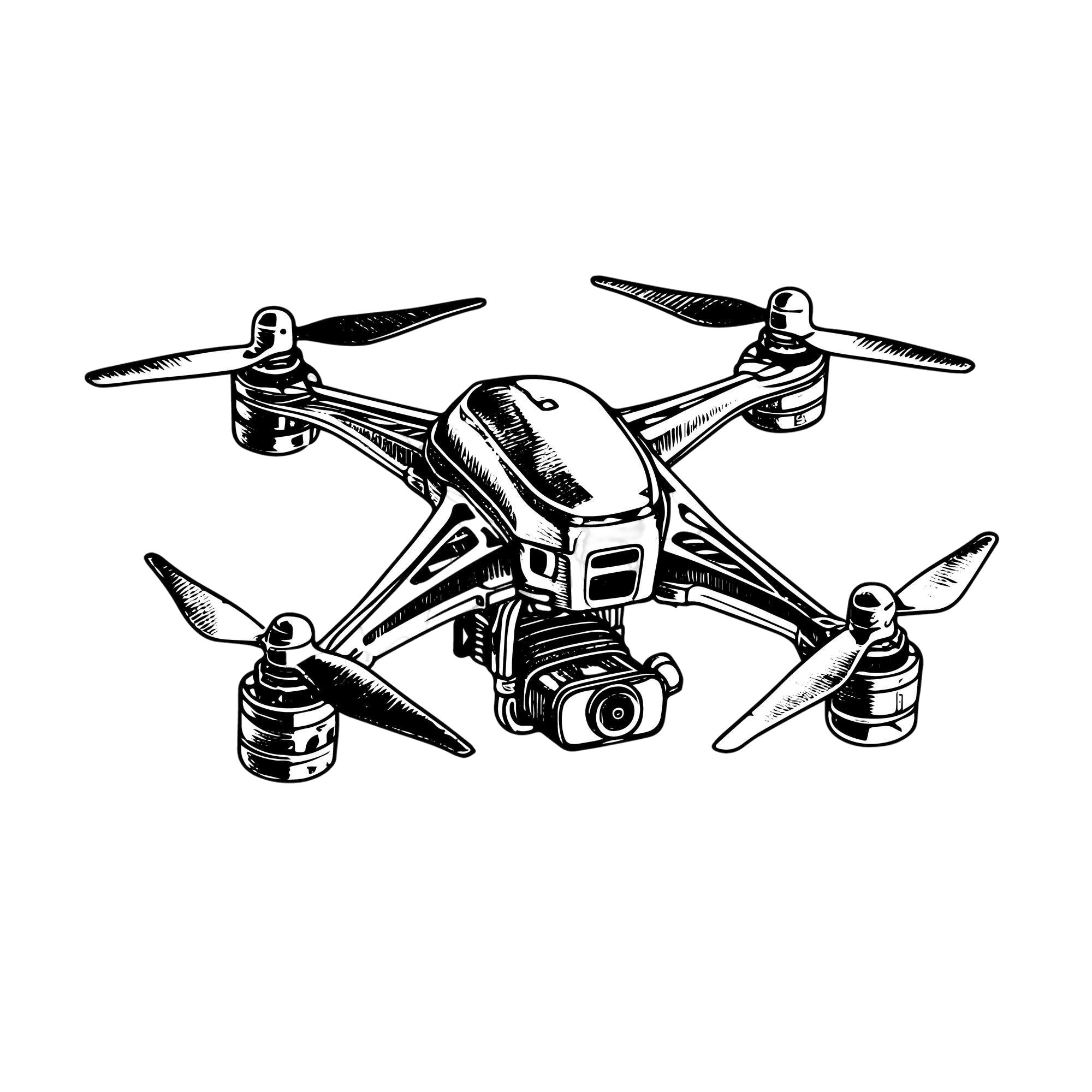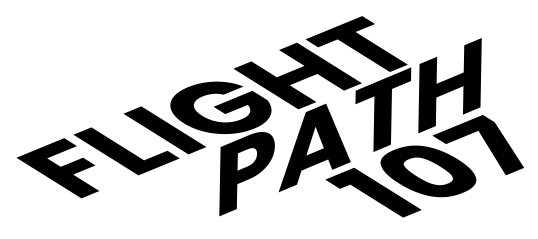Conducting Site Surveys

Conducting site surveys and planning for emergencies both fall under the broader umbrella of Crew Resource Management (CRM), but more specifically, they support Risk Management and Situational Awareness
- Risk Management:
- Site surveys help you identify and mitigate potential hazards before the flight starts.
- Emergency planning facilitates you’ve already thought through how to handle threats if they occur, reducing the impact of unexpected events.
- Situational Awareness:
- Both tasks require you to be fully aware of the environment—terrain, obstacles, weather, and other real-time factors that affect your ability to fly safely.
So, in the context of CRM, site surveys and emergency planning are the preventative tools that give you the clarity and control to make good decisions when it matters.
How to Conduct
Site Surveys
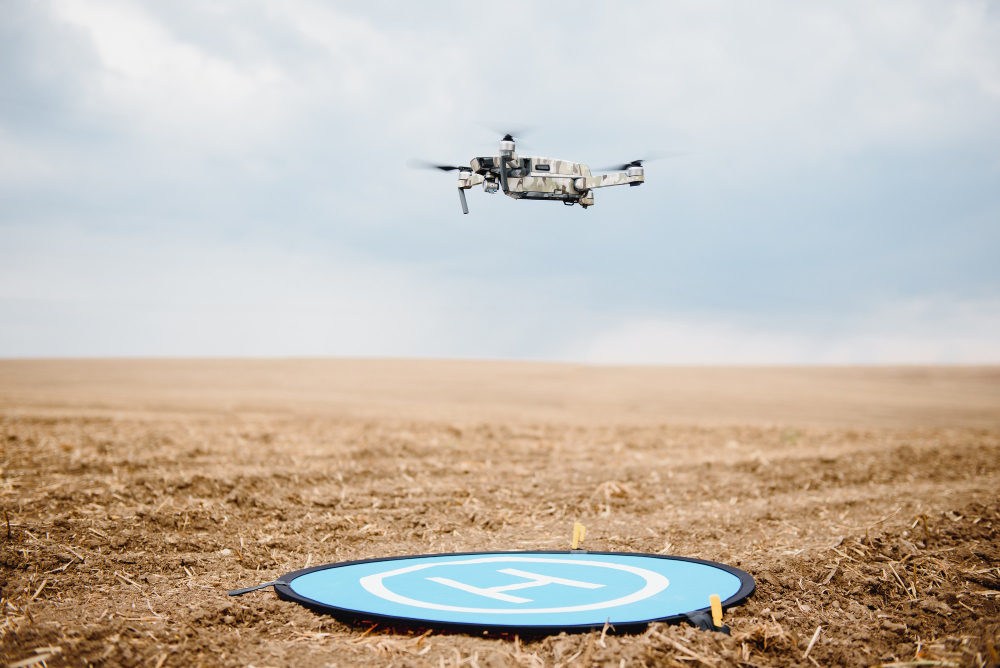
Before your drone ever leaves the ground, a solid site survey sets the stage for a safe flight. Think of it like scouting the terrain—you’re looking for anything that could cause problems once you’re airborne.
This proactive step allows you to plan safe flight paths and designate emergency landing zones, so you’re prepared for any challenges that may arise during your operation.
When you’ve already planned for the “what ifs,” you can act fast and smart when it counts.
Scan for hazards like power lines, trees, tall buildings, and anything unexpected in the area. Check the weather, wind direction, and lighting conditions. The goal is to know the lay of the land so there are no surprises once you’re in the sky.
Site Survey Checklist Examples
Here are a few key items to include in your preflight checklist when conducting site surveys.
- Hazard Identification:
Identify local hazards like towers, power lines, trees, and structures to ensure a clear operational space. - Emergency Landing Zones:
Identify potential and safe emergency landing zones in case of unexpected malfunctions or emergencies during the flight. - Weather Conditions Review:
Evaluate current weather conditions to and avoid unexpected changes. - Bystander Awareness Check:
Assess non-participatory bystanders who may be unaware of the activity, potentially becoming distracted or alarmed. - Traffic Pattern Analysis:
Observe traffic patterns to safeguard vehicles that might be impacted by the operation. - Radio Signal Check:
Check for potential radio interference that could affect communication signals between the remote controller and the aircraft.
Site Surveys | In-The-Field
You’re out in a forested wetland to collect aerial data for a citizen science project tracking seasonal changes in vegetation. During your site survey…
- You spot a tall communication tower just outside the planned flight zone and realize that intermittent GPS interference could affect your mapping accuracy.
- You also notice a nesting area for birds nearby and decide to adjust your flight path to avoid disturbing the wildlife.
- Identifying a clear emergency landing zone along the trailhead gives you peace of mind in case anything goes wrong.
This quick site survey makes sure your drone captures the right data without disrupting the ecosystem you’re there to help study.
Avoiding Obstacle Hazards
Incorporating these hazards into your site surveys. Here’s how each of these elements can create obstacles for sUAS flight.
Obstruction of Drone’s Flight Path
If you spot an unexpected obstacle like a tower, guy wire, building, tree, or plume in your flight path stop and hover immediately. Then ascend or adjust course safely, and reassess your route before continuing the mission.
Towers
Tall structures such as radio, cell, or television towers pose a collision risk, especially during low-altitude flight operations. Their locations and heights are marked on sectional charts, which are essential tools provided by the FAA for identifying airspace features, obstacles, and potential hazards before a flight.
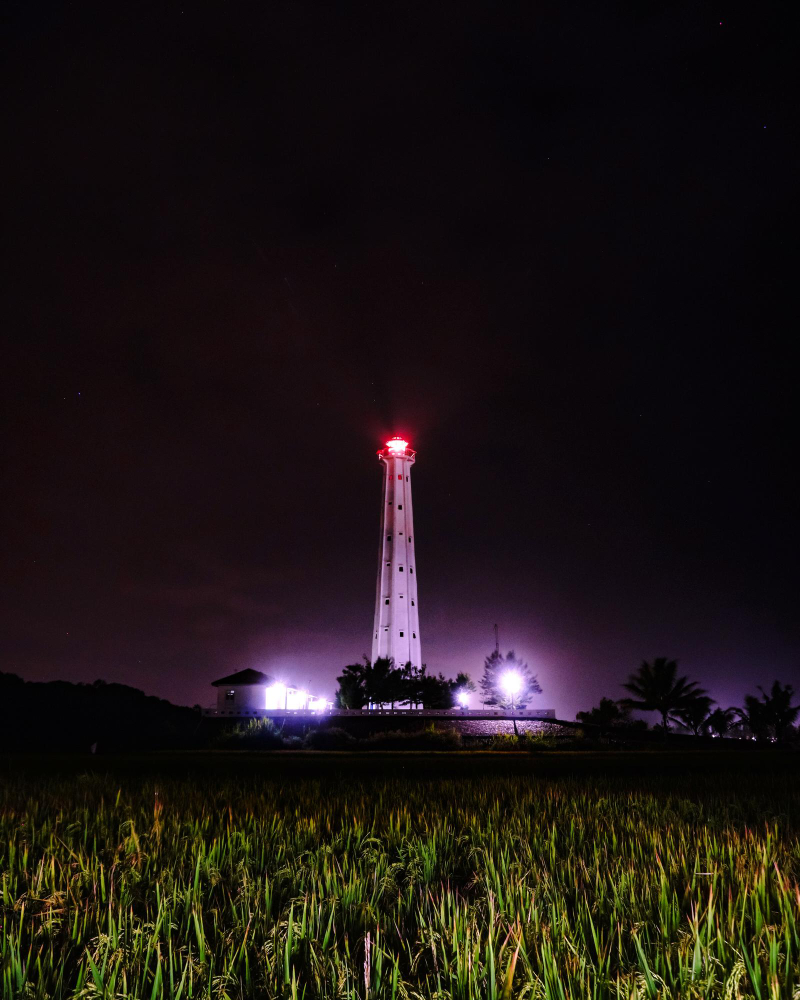
Power Lines and Guy Wires
These are thin cables used to stabilize towers and other tall structures. While often difficult to spot visually, they extend outward from towers and can be just as dangerous as the towers themselves. Sectional charts may note their presence, but their actual positions require extra vigilance when out in the field.
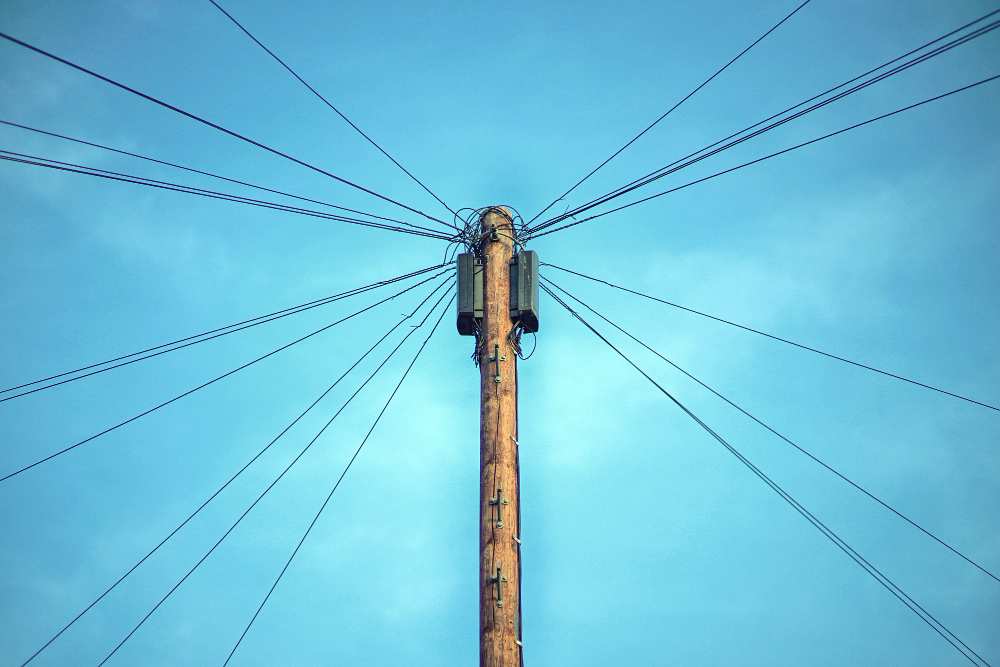
Smoke Plumes
While not typically marked on sectional charts, smoke plumes from fires or industrial activities can obstruct a drone’s sensors, limit visibility, and cause air turbulence, all of which could lead to loss of control or damage to the UA. Always be aware of local reports or visible plumes during operations.
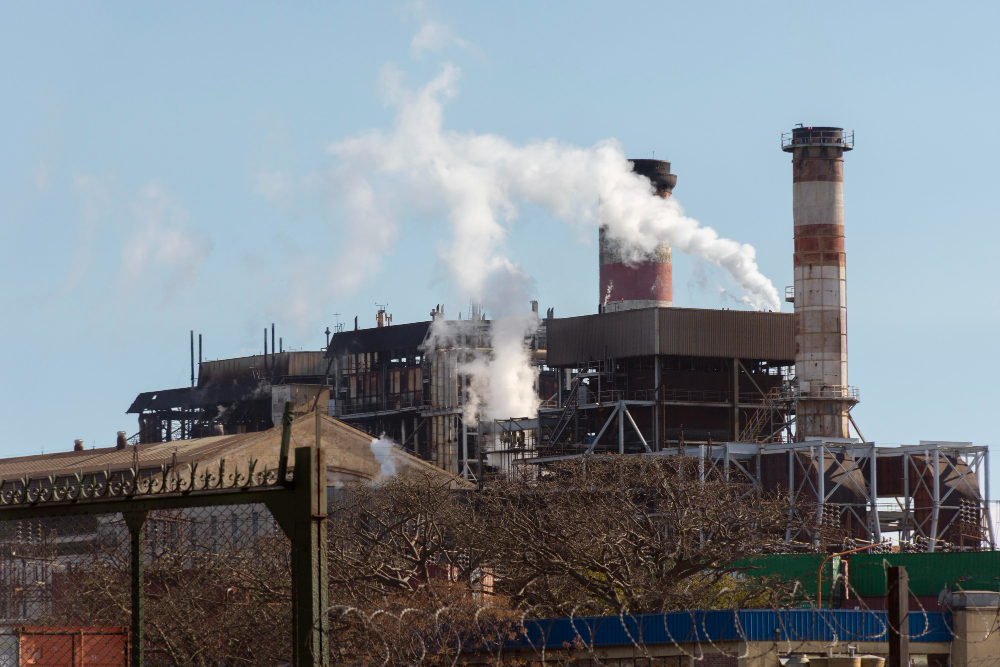
Sharing the Skies: Yielding and Staying Clear
When flying, you’re sharing the air with manned aircraft—and they always have the right of way. You also need to watch out for the turbulence they can create, especially during takeoff and landing.
Let’s take a closer look:
Yield to Right of Way of Manned Aircraft
Manned aircraft always have the right of way. Always be vigilant and anticipate the movement of other aircraft or objects. Maintain a safe distance and adjust your flight path to avoid potential collisions. As a Remote PIC, it’s your responsibility to remain clear of and to yield right-of-way to all manned aircraft.
Avoid Wing Tip Vortices
Wingtip vortices are swirling air trails that drop down from large aircraft, causing turbulence. This effect is most intense during takeoff when the plane is fully loaded at its heaviest, moving slowly, and using its full power. If your drone flies close to a big plane during this time, it could get tossed around by the descending air patterns from those vortices, making the flight a lot bumpier.
Maintain a safe distance from large aircraft, especially during takeoff and landing. This helps you steer clear of the turbulent air trails they create.
Standard Yield Maneuvers
Yielding to a Manned Aircraft: You’re flying your drone over a park when you notice a small plane approaching. Since manned aircraft always have the right-of-way, you move your drone to the side and let the plane pass by safely.
Yielding to another Drone: While flying your drone to inspect a construction site, you spot another drone nearby, flying in the opposite direction. To avoid a collision, you adjust your flight path and move your drone to a different area, allowing the other drone to pass without interference.

